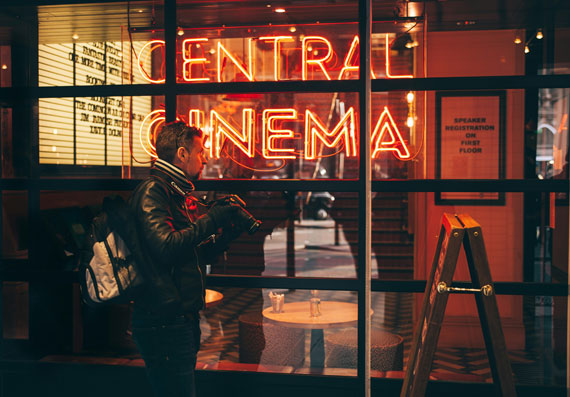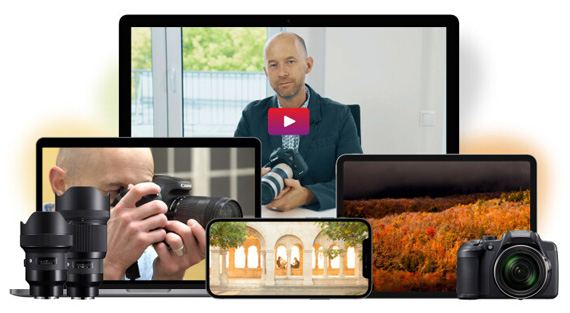Whether you’re a budding enthusiast or a seasoned pro, there’s always something new to learn about your camera. It’s like a treasure trove of hidden gems, waiting to be discovered and utilized to enhance your photographic prowess.
In this post, we delve into the lesser-known realms of camera settings. These are the features that lurk in the menus, often bypassed by even the most experienced photographers.

Photo captured by Clem Onojeghuo
So grab your camera, and let’s embark on a journey to uncover the 10 essential camera settings you might not know about but definitely should.
- Picture Styles/Profiles: These settings adjust the color and tonal output of your images in-camera, which can have a large effect on JPEGs or for setting a baseline in RAW processing.
- Metering Modes: Understanding different metering modes (like spot, center-weighted, and matrix) and when to use them is crucial for achieving correct exposure.
- White Balance Fine Tuning: While most are familiar with basic white balance settings, fine-tuning white balance for precise color temperature adjustments is often underutilized.
- Flash Exposure Compensation: This allows for adjusting the power of the flash independently of the camera’s exposure settings, a key aspect in advanced flash photography.
- Depth of Field Preview: This button, found on many DSLRs and mirrorless cameras, allows you to preview the actual depth of field at your chosen aperture, which can be quite enlightening.
- Auto Exposure Bracketing (AEB): This is used for taking several shots of the same scene at different exposures, which is crucial for techniques like HDR (High Dynamic Range) photography.
- Mirror Lock-up: Important for reducing camera shake in certain DSLRs during long exposures but often overlooked or misunderstood.
- Custom White Balance: While auto white balance works well in many situations, knowing how to set a custom white balance is essential for accurate color reproduction in tricky lighting conditions.
- AF Microadjustment/Fine Tune: This feature, found in some advanced cameras, allows you to calibrate the focus of each lens to the camera body, ensuring the sharpest focus possible.
- ISO Invariance: Understanding how your camera’s sensor responds to different ISO settings and how this impacts dynamic range and noise in your images can profoundly affect your approach to exposure.
These settings can significantly impact the quality and artistic control of your photographs, and understanding them can elevate a photographer’s skill level considerably.
For Further Training:
You didn’t buy your expensive camera to take photos on Auto mode forever. This popular in-depth course, Digital Camera Mastery, is designed to get you off the Auto mode once and for all so that you can take outstanding photos that leave your friends and family speechless. It is currently 80% off which ends soon if you want to check it out.
You can take this course from your computer, tablet or smartphone, which is really convenient when you want to try out specific photography techniques while being away from home. You know you’re smarter than your camera. So why let it make all the decisions for you?
Deal ending soon: Digital Camera Mastery at 80% Off
- - - - - - - - - - - - - - - - - - - - - - - - - - - - - - - - - - - - - - - - - - - - - - - - - - - - - - - - - - - - - - - - - - - - - - - - - -
This post Beyond Auto Mode: Exploring the 10 Least-Known Camera Settings appeared on PictureCorrect.
from PictureCorrect https://ift.tt/sUamvyp
via IFTTT







0 kommenttia:
Lähetä kommentti